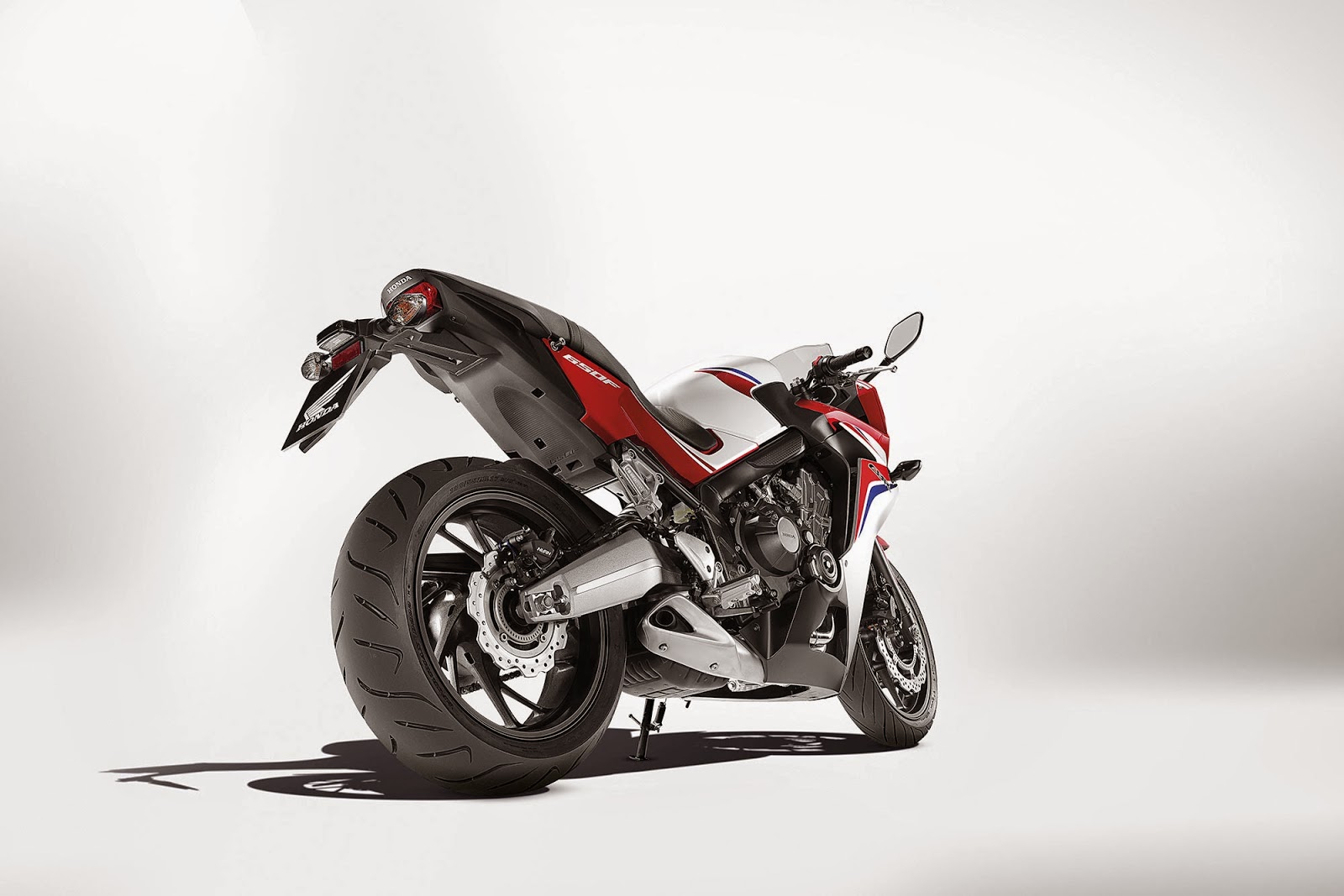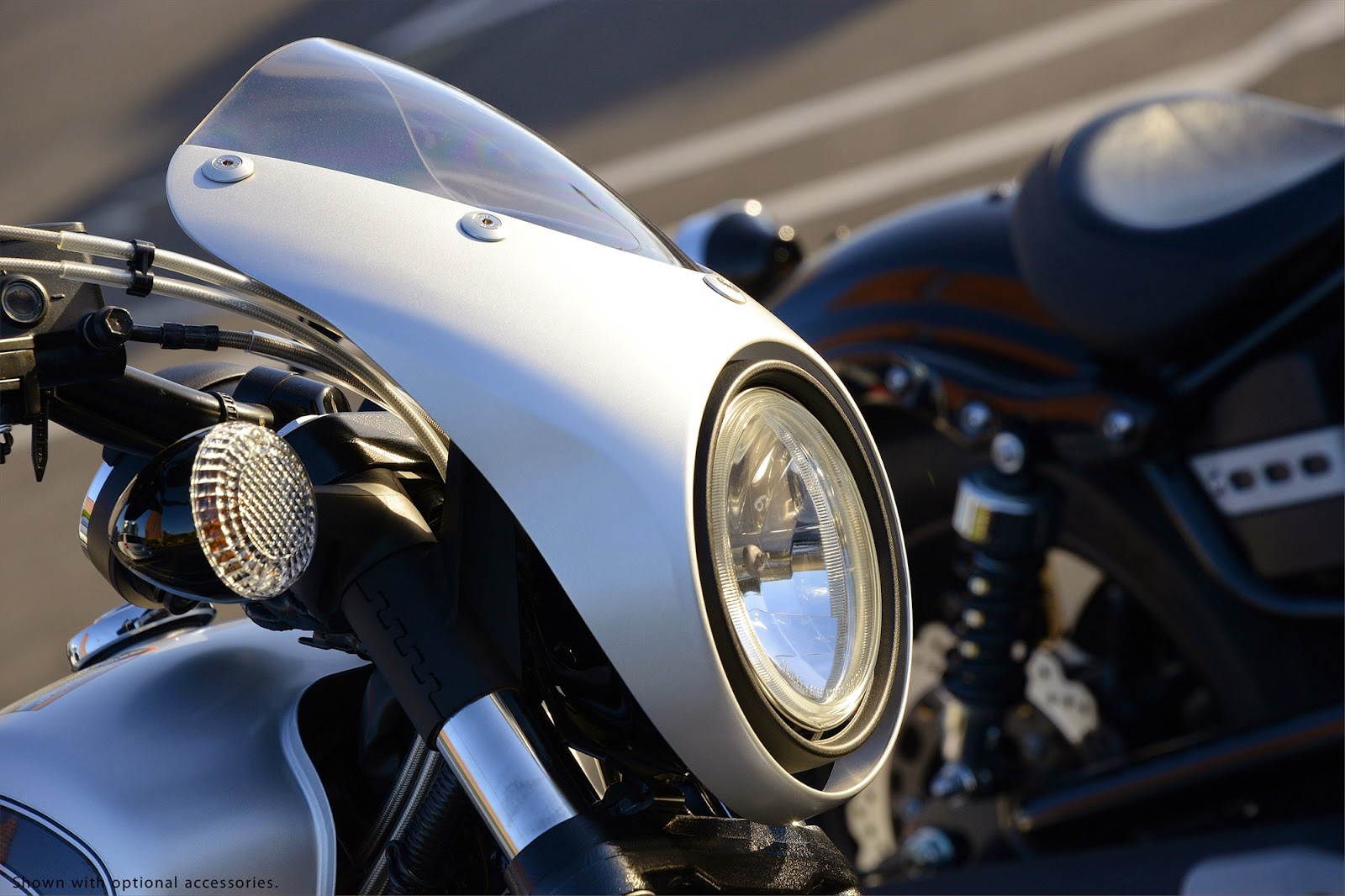2015 Harley-Davidson Livewire Electric
Don't hate on the future: the Harley-Davidson LiveWire
We seem to have fallen into an unhappy pattern in the modern era: any time anything happens –– anything at all –– there is an instant chorus of vicious critics.
Take Ann Coulter, for example. If you live outside the United States and have never heard of her, count yourself lucky. She is an awful and ridiculous person who goes out of her way to say awful and ridiculous things. Recently, while the United States men's soccer team was finding success in the World Cup she declared it was "a sign of the nation's moral decay."
Obviously, she is simply saying nasty things to get attention. Sadly, she's nowhere near being alone in such behaviour. We have built a culture in which vitriolic criticism is instantly issued for all things. The new, the old, the different, the same, the big, the small, the beautiful, the ugly, the stupid or the brilliant –– it all gets met with a tidal wave of harsh words on the internet.
But listen, y'all: sometimes a thing is just good. Sure, it's not perfect. Nothing is. But overall, it's so innately good that any fault-finding is really only a reflection of the critic's flaws.
Such is the case with the Harley-Davidson LiveWire. When America's oldest continuous motorcycle manufacturer –– renown and often lambasted for its restrained approach –– is on the verge of becoming the first major OEM in the world to deliver an electric motorcycle, that is good. It's good for motorcycling, it's good for the environment, it's good for green technologies, it's good for America, it's good for Harley-Davidson.
This is more than just "good". It is big. Actually, no. Let's move beyond the gentle superlatives and call this what it is: a potential seismic shift in motorcycling. The LiveWire is the Reformation; it is the Industrial Revolution; it is Neil Armstrong setting foot on the moon; it is the point at which everything changes.
"[My] time on the LiveWire was fleeting but I still came away with a profound sense that I'd covered the biggest motorcycle story of my life," wrote Motorcycle USA journalist Mark Gardiner in a recent review.
Gardiner isn't the only one. Every review I've seen has expressed a sort of wild-eyed giddiness for this almost-certain future offering from Harley-Davidson.
Out of the blue
If you've been out of the loop for a while, let me get you up to speed on what everyone's so excited about. A few weeks ago, pictures emerged of Scarlett Johansson riding a rather unique motorcycle on the set of an upcoming Avengers film. Or, well, Scarlett Johansson's somewhat boy-faced stunt double. (Take a good look at this picture and you'll see that the rider's "hair" is actually a very cleverly disguised helmet) What's important, though, is the bike. Carrying the Harley-Davidson badge, observers noticed that the bike was just a little too polished to be a standard movie-set machine.
Those road-compliant yellow reflectors, for instance. The mirrors. The overall finish. The fact that the bike's name –– LiveWire –– was emblazoned on the motor housing. All these clues pointed to an actual bike that someone actually intended to produce for the mass market.
That's not so strange. Harley's pulled this sort of thing before, cleverly working its Street 750 into Captain America: Winter Soldier before ever announcing that the bike existed. But what was different here was that the bike being ridden by Johansson's stunt double was so very much not like a Harley-Davidson. It looked a little more like a Ducati Diavel with its styling. It had a sit-up-and-beg seating position. And –– least H-D-like of all –– it was an electric motorcycle.
An electric motorcycle. From Harley-Davidson.
Cats and dogs living together, people. And before we could recover from having our minds blown at the very thought of such a thing, Harley-Davidson announced that the rumours were true. They have indeed embarked on an electric motorcycle project.
That's what they're calling it right now: a project. They go out of their way to point out that the bikes are not for sale. Yet. But they have produced several dozen of them and will be touring H-D dealerships in the US and Europe over the next year or so, offering test rides and "gauging customer feedback."
That's probably marketing speak for "generating consumer demand". In his article, Gardiner says the LiveWire is just too polished, too ready to simply be a project. He says most moto-journalists expect an announcement on the LiveWire going into production will come within 18 months. You know, about the time that upcoming Avengers film will be released...
A new era
So, take a moment to let all this sink in. All of it. Ignore the internet hater machine and just think about the countless implications of the LiveWire. This is so very big, it's hard to know where to begin.
Obviously, we've had electric motorcycles for a while. Not too long ago, I wrote a post in which I stated my belief that electric motorcycles would be a part of the mainstream within 10-20 years. So, Harley-Davidson's not doing anything new there. Indeed, with the LiveWire's current claimed range of 55 miles on a charge (a) it is a little behind the curve of Zero, Brammo and the like.
The seismic shift, however, comes in the fact that it is an electric motorcycle from Harley-Davidson –– a major, worldwide OEM. Existing e-bike companies can't touch the dealer network, publicity strength or clout of such a major player. There's a possibility that Yamaha could release its PES-1 before the LiveWire, thus earning it the distinction of being the very first major OEM to offer an electric motorcycle, but I would argue that the release of the LiveWire will have greater impact.
Harley-Davidson understands better than any other OEM the importance of intangibles like emotion, experience and impression. Performance and cost always play a part in our motorcycle-buying decisions, but Harley-Davidson gets that how the bike makes us feel is just as important, if not more so. And Harley-Davidson equally has the power, and the marketing muscle and know-how, to shape these intangibles. Yamaha (or Honda or BMW –– who knows what they're up to) may manage to get an electric motorcycle to the public sooner, but Harley-Davidson will be more successful at making the public want to buy one.
Additionally, it can use its clout and financial muscle to push for better charging network infrastructure, develop more efficient batteries and win government subsidies to encourage people to buy electric. All this would be accelerated as soon as Harley-Davidson saw even a modicum of success with the LiveWire because other OEMs would very quickly jump in the pool. To that end, I want to amend my claim that electric motorcycles will be mainstream within 10-20 years.
I am now happy to go on record saying that electric motorcycles will be a part of the motorcycling mainstream (b) within 5 years of the LiveWire going on sale. Seriously, y'all. Bookmark this blog post. It will happen.
Take my money, Harley-Davidson
While I'm making bold declarations, how about this one: I am so confident in the game-changing nature of Project LiveWire that I will state here and now that I plan to buy one. I want to be one of the first. Many decades from now, I want to be able to look back and say that I saw the seismic shift for what it was and that I was there on the ground floor when it began. So, when the day comes that the LiveWire goes into production, I will head straight to my nearest Harley-Davidson dealer and put down a deposit. I promise.
Of course, one of the reasons I'm willing to make that promise is the fact that, in the LiveWire, Harley-Davidson has managed to create an electric motorcycle that I'd actually want to buy. Thus far electric motorcycles have only been offered in the guise of ungodly expensive sport bikes or rickety things that look like glorified bicycles. The LiveWire, though, looks cool. Someone with a genuine sense of style and design has put some effort into this thing.
A lot of effort, actually. The bike is covered with nifty touches, such as the industrial-looking motor casing, or the oddly cool front turn signals. This, as I say, is an electric motorcycle that manages to speak to the intangibles. And in so doing it makes me willing to take on the unique challenges of an electric bike as related to range, staying forever aware of just how far I am from a charging station.
I like, too, that the bike has a more "normal" seating position. If you're a regular reader of this blog you'll know that I am forever waging an internal battle over what looks cool and what's actually enjoyable to ride. I liked the look of the Triumph America, for example, but couldn't stand to be on the thing for more than 5 minutes. Whereas I loved the comfort of the Triumph Tiger Explorer XC but hated its aesthetics. The LiveWire manages to mix those two worlds.
With it being a Harley-Davidson, of course, the bike will almost certainly be customisable in some fashion, with roughly a million different accessories ranging from fake fuel caps to peg relocation kits. I'm fond of the bike more or less as it is but I like the idea of being able to create a more unique look –– something that isn't really possible with, say, a Zero.
OK, yes, I'll admit that to a certain extent I'm drinking the Harley-Davidson Kool-Aid where this bike is concerned, but I think that's part of the reason I'm so excited by it. It is exciting to think of an electric motorcycle actually being cool rather than simply a morally admirable purchase.
And speaking of which, the bike sounds pretty cool, as well. At high speed it's got that devilish TIE fighter whine. At lower speed, you are free to just listen to the world around you and better connect with it. No, the old men of the American Midwest won't be able to sit and rev it at stop lights, but those of us who don't have a tiny penis will get by just fine sans loud pipes.
The LiveWire is a harbinger of the not-too-distant future. The rumbling joy of a combustion engine will never completely die, but I genuinely believe we will one day mark this as the moment when the combustion engine's monopoly on motorcycling began to fade. I can't wait to see the LiveWire in the metal. I can't wait for the opportunity to hand my hard-earned money to Harley-Davidson in exchange for one.
Because this motorcycle is a very good thing.























































